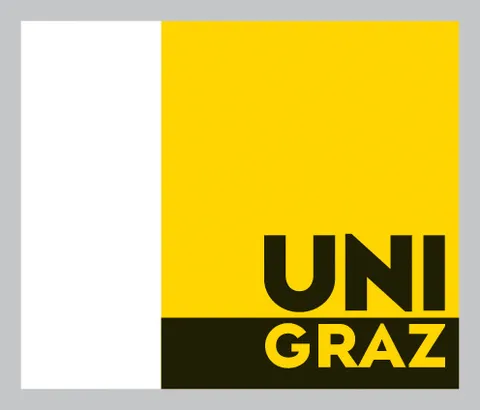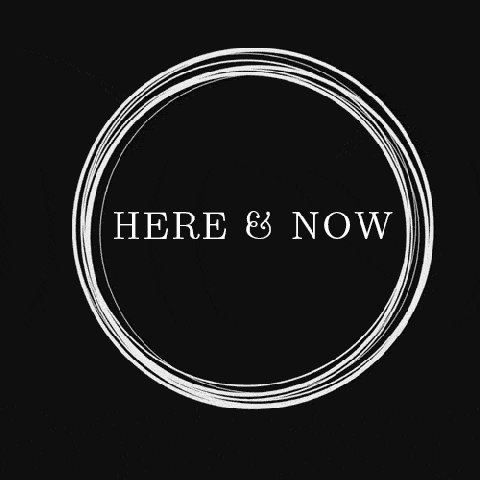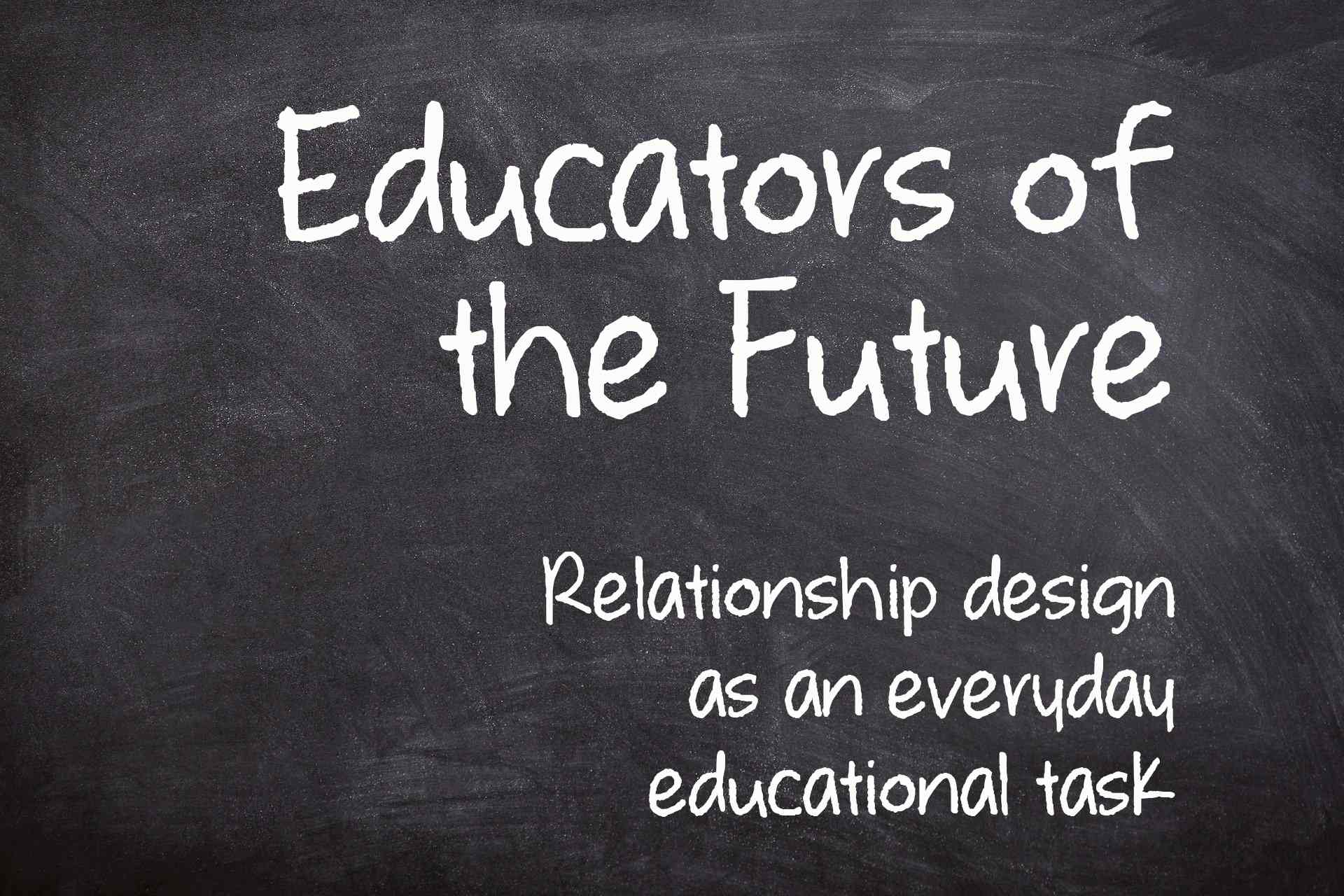Educators of the Future
Relationship design as an everyday educational task
The project is a Strategic Partnership (KA2) within the framework of Erasmus+ in the field of vocational and adult education.
The importance of relationships with and to other people is increasingly being scientifically proven for our happiness, well-being and a functioning community.
The importance of positive relationships for successful learning processes is becoming increasingly apparent in the field of education as well. However there are no specific approaches to how relationship design can be established in the work between teachers and learners in this field.
Based on the psychological context, processes, methods and approaches are known in order to shape successful relationships or to restore disturbed relationships. But to what extent these insights can be integrated into the concrete educational work is left to the individual teacher. In addition, "relationship design" is always perceived as deficient and usually begins when the conflict has occurred.
Relationship design, however, is seen by the project partners as an omnipresent positive and, last but not least, preventive competence that should be applied in everyday life.
The project will thus help the "educators of the future" to discover and unfold their relationship skills and bring them profitably into the everyday life of the educational context.
In the course of the project different phases will be passed through, in which several intellectual outputs will be created and multiplier events will be carried out. The project partners use a spectrum of methods ranging from research activities to self-directed and collaborative learning and creative and design elements.
Expected Results
The first part of the project is completed. The result is a study to collect and enhance the knowledge about relationship in generall and in particular in education. For this we have an research startegie including literature research, qualitative interviews with experts in this field and a questioner.
Second part is a well designed curriculum for effective relationship design in the field of education. This curricula, which explains the most important basics and interrelationships and contains decidedly practical modules for different educational contexts
Third part is a relationship KIT, with the help of which actors can approach the topic in a playful way. In this sense, the Relationship KIT serves as a low-threshold access and enables "offline" group work at this level.
Within the scope of the multiplier events, an international expert conference will be held in order to give decisive multipliers in the EU area an understanding of the topic "relationship design in the educational context" and the educational materials produced. The symposium is designed in such a way that it can be held as an annual event.
Are you interested in our results and would you like to be informed about our further results and more information about the congress? Then please enter your name and email address here. After sending you can download our study as pdf. In addition, you will receive a message from us when new results are available. Thank you very much!
Participating Organisations
HochVier e.V.

HochVier is the leading partner of the project and was founded in 2004. It is a non-profit, non-governmental association which offers youth and adult education with experienced and competent educators and trainers.
HochVier organise seminars on topics, such as: Democracy Education, Civic Participation, Human Rights, Education for Sustainable Development, Regional Development in Rural Areas, Demographic Change, Integration of Refugees and Migrants, Cultural and Ethnic Diversity in Rural Areas
HochVier tries to use unconventional educational methods as well as creative, interactive and participatory teaching and learning methods in their seminars and workshops. For example education through the use of games.
http://hochvier.org/
Teach the Future

Prepare students for tomorrow, teach the future today!
Teach the Future is a community dedicated to bringing futures thinking to schools, educators and students around the world. We believe that young people of any age can learn to think critically and creatively about the future and develop the agency to influence it. By teaching the future we equip youngsters to face uncertainty and empower them to envision and create their preferred future.
To be able to create these’s preferred futures we need to work together. Therefor we believe it is important that we learn to listen, empathise and understand ourselves as well as each other.
University of Graz

The University of Graz, which was founded in 1585, is Austria's second oldest university and one of the largest in the country. With 31,000 students and 4,300 employees the University of Graz contributes significantly to the vibrating life of the Styrian capital.
The institute for educational science is one of the largest institute of the University of Graz with over 2.800 students. Its research and teaching deal with upbringing and educational processes over the entire life span in the context of social change processes. By doing so, self-reflexive instruments and methods are developed to adapt the research to international standards and innovations in the sense of self-control and research management in line with university structures.
Here & Now e.V.

Here & Now is an NGO which strives to integrate new scientific findings into extracurricular and school education. The members want to put their knowledge at the service of the general public and transfer scientific findings into the "everyday sphere".
A further focus of its work is to activate citizens to actively participate in the community and the shaping of social coexistence. Cooperation is a key concept for Here & Now, which the association believes should be given even more attention at the various levels (local, regional, national, international). Therefore, Here & Now sees the implementation of scientific findings mainly against the background of supporting interpersonal contacts and promoting these contacts on the different levels in different structures.





